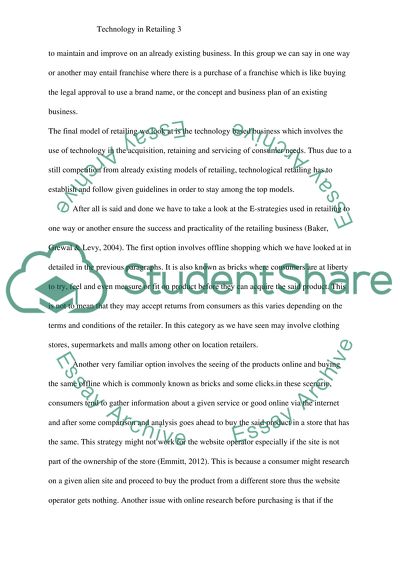Cite this document
(“Technology in retailing Essay Example | Topics and Well Written Essays - 2500 words”, n.d.)
Technology in retailing Essay Example | Topics and Well Written Essays - 2500 words. Retrieved from https://studentshare.org/marketing/1496339-technology-in-retailing
Technology in retailing Essay Example | Topics and Well Written Essays - 2500 words. Retrieved from https://studentshare.org/marketing/1496339-technology-in-retailing
(Technology in Retailing Essay Example | Topics and Well Written Essays - 2500 Words)
Technology in Retailing Essay Example | Topics and Well Written Essays - 2500 Words. https://studentshare.org/marketing/1496339-technology-in-retailing.
Technology in Retailing Essay Example | Topics and Well Written Essays - 2500 Words. https://studentshare.org/marketing/1496339-technology-in-retailing.
“Technology in Retailing Essay Example | Topics and Well Written Essays - 2500 Words”, n.d. https://studentshare.org/marketing/1496339-technology-in-retailing.


